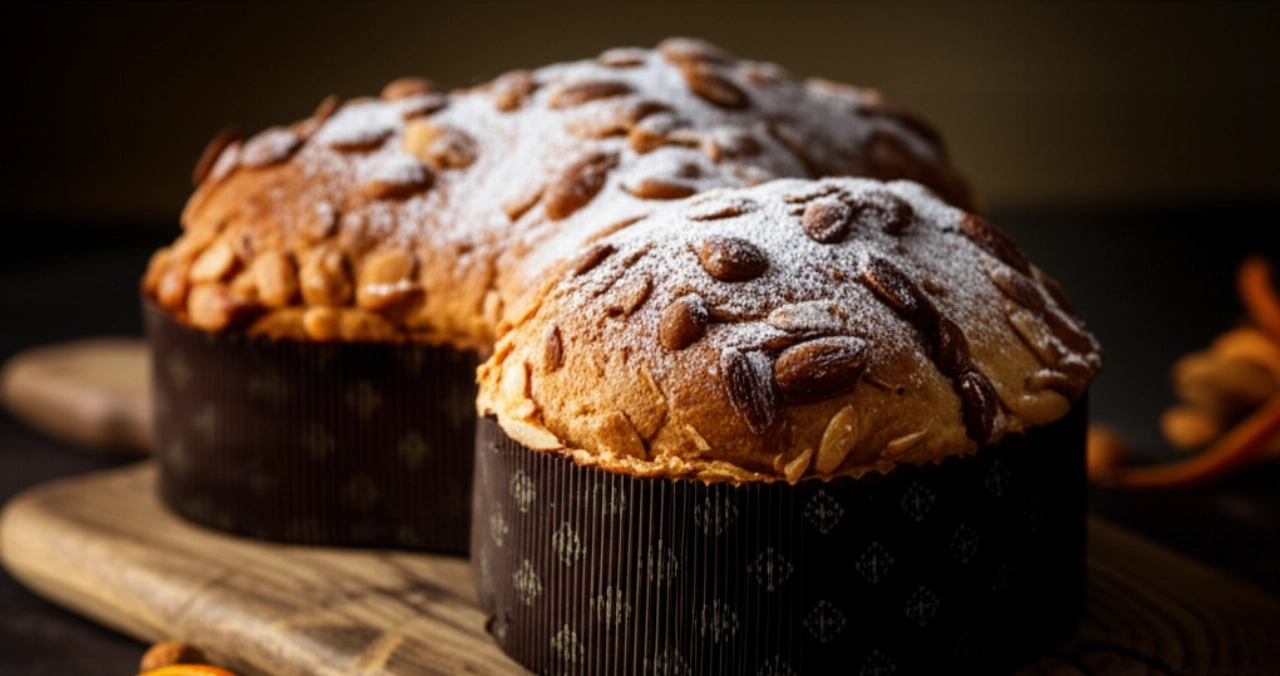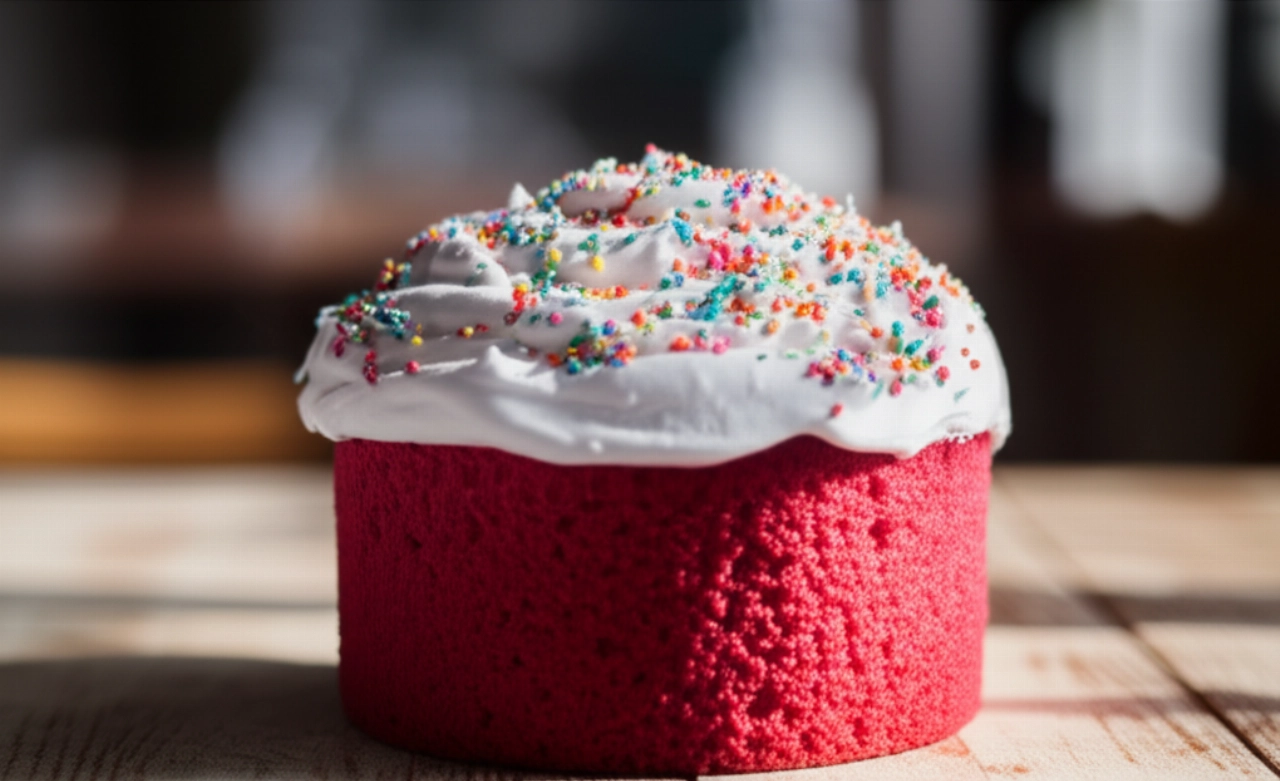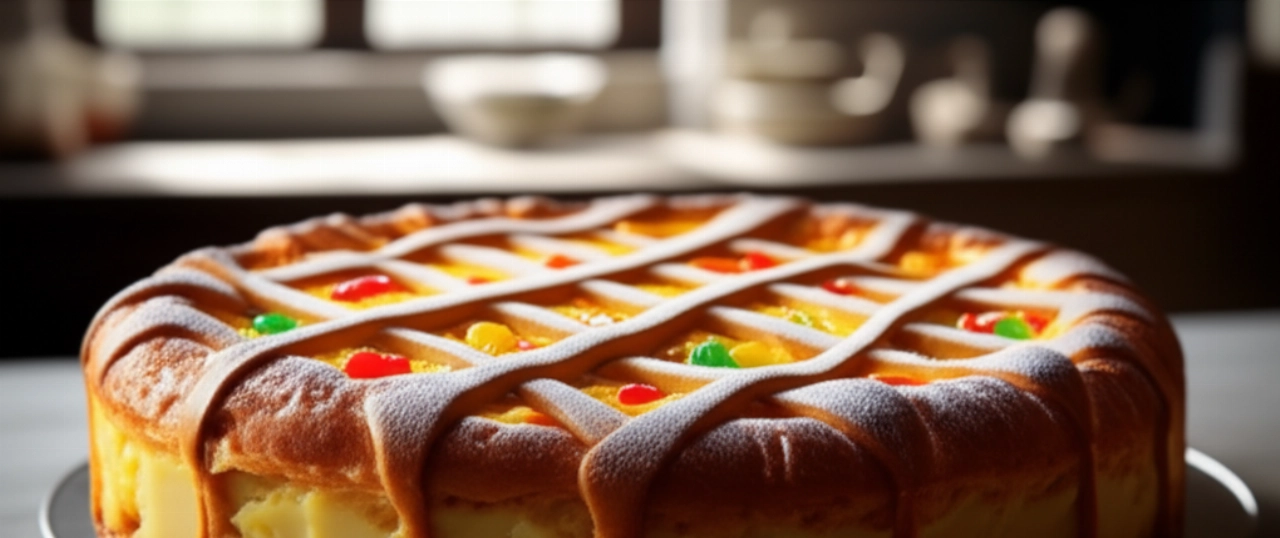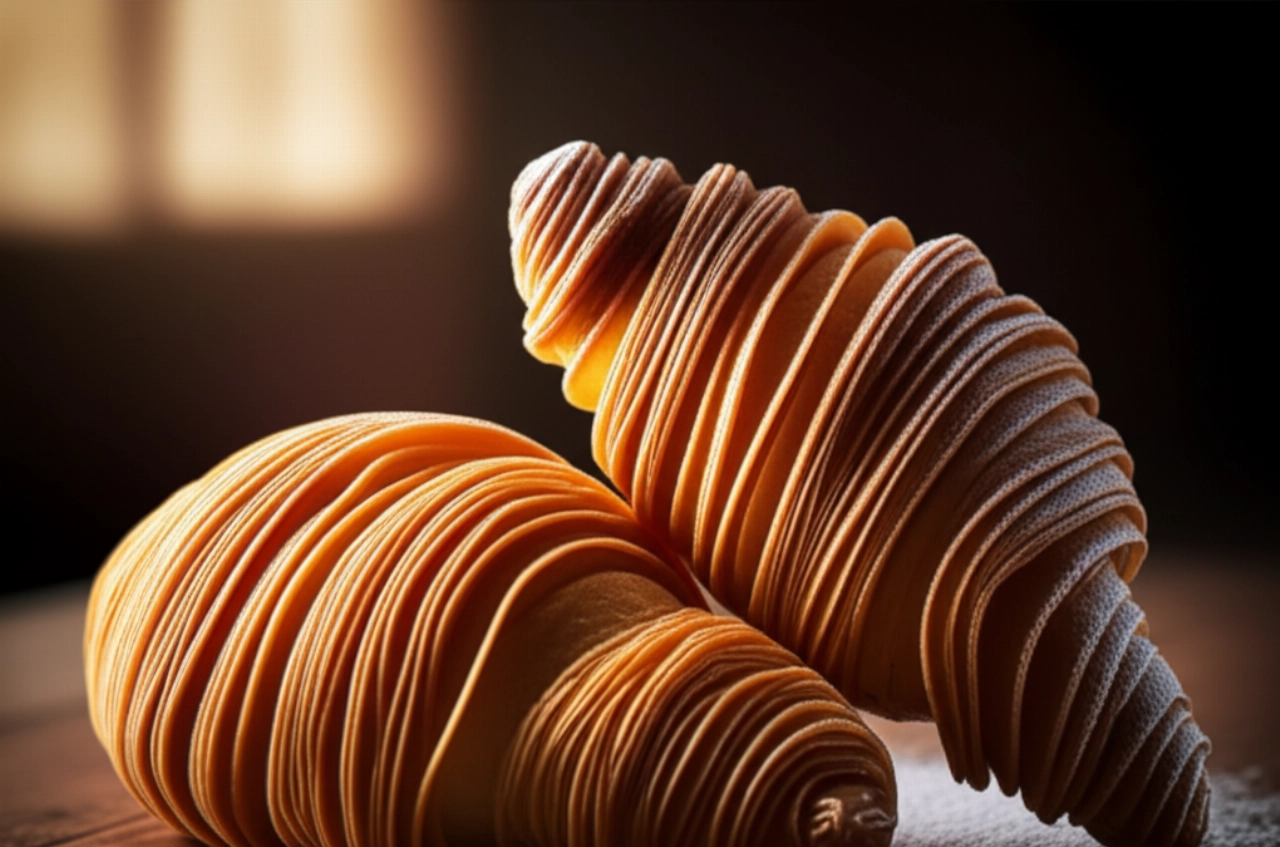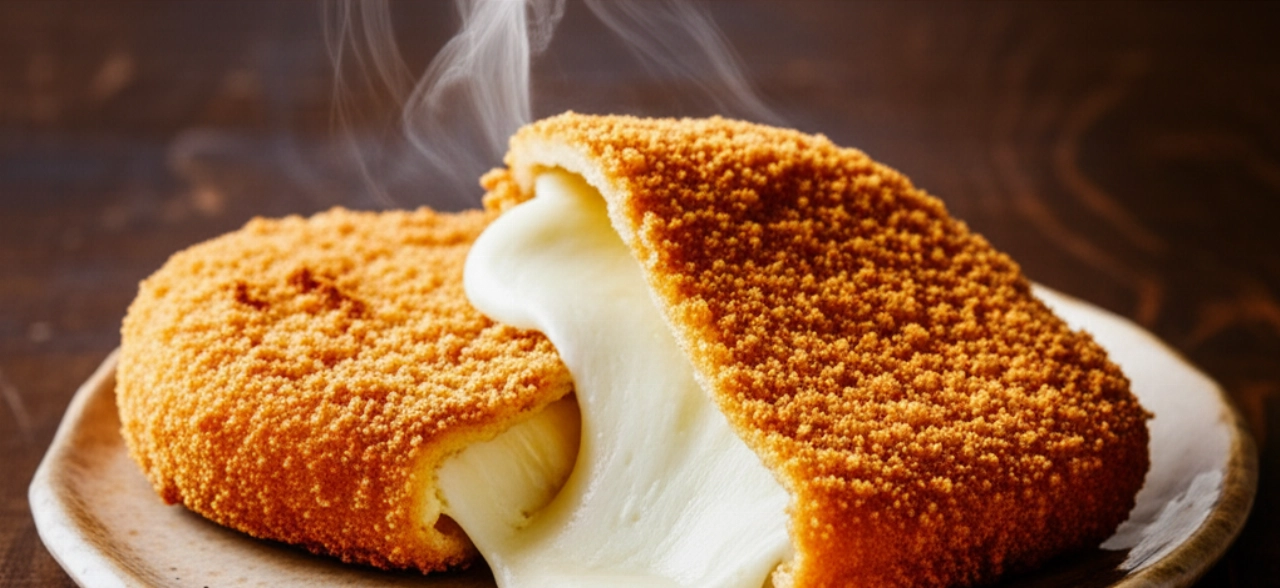Dreaming of bringing to the table a sweet Casatiello so soft and fragrant that everyone will fall in love with it, a true symbol of Neapolitan Easter that tastes of celebration and tradition?
But perhaps you're afraid the dough won't rise, that the cake will turn out dry, or that it won't have that authentic flavor you're looking for. Finding the right recipe, one that guarantees success without stress, can seem like a real challenge.
Make yourself comfortable. Here at Search Recipes, your trusted kitchen, you won't just find a list of ingredients, but the definitive guide, full of tricks and tips, to prepare the best and softest sweet Casatiello of your life. Success is guaranteed, and your Easter will be unforgettable!
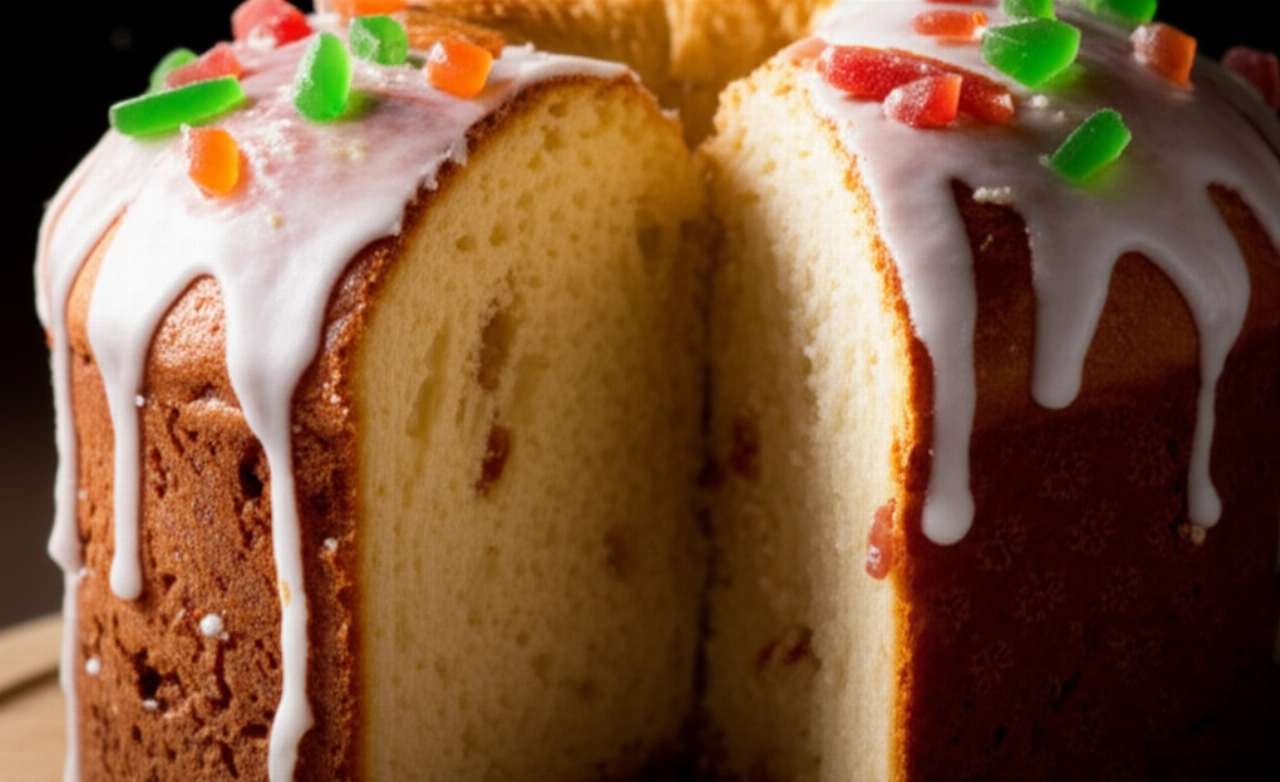
Smart Ingredients for a Dream Sweet Casatiello: The Choice That Makes the Difference
For a sweet Casatiello that melts in your mouth, the quality of the ingredients is fundamental. It's not just about quantity, but the "why" behind each choice. Here's what you need and why:
- Manitoba Flour (or Strong Flour): It's the base of our magic! This gluten-rich flour is essential for an elastic and resistant dough, capable of "capturing" air during leavening and making our Casatiello rise spectacularly. Without good flour, the cake won't rise as it should.
- Fresh Brewer's Yeast: The pulsating heart of leavening. Prefer fresh block yeast; it has greater strength and faster activation compared to dry yeast. Remember, it's a living organism: treat it with care!
- Quality Fresh Eggs: Eggs not only bind the dough but also contribute to its richness, golden color, and final softness. Use them at room temperature for better emulsification with other ingredients.
- Granulated Sugar: Not only sweetens but also feeds the yeast, helping it work better. Furthermore, it contributes to that golden and slightly caramelized crust on the surface.
- Excellent Quality Butter: Butter is the secret to softness and an enveloping aroma. Use it soft, at room temperature (pomata), to incorporate it best into the dough without ruining its structure. It gives a unique melt-in-your-mouth quality.
- Mixed Candied Fruit and Raisins: They are the fruity soul of sweet Casatiello. Choose good quality candied fruit, not too dry. Raisins, soaked and well-squeezed, add a touch of sweetness and moisture.
- Colored Confetti Sprinkles (Diavoletti): They are not just a decoration! These sprinkles, typical of sweet Casatiello, melt slightly during baking, creating small spots of color and a sugary taste that makes the cake even more delicious and festive.
- Natural Flavors (Lemon and Orange Zest): Essential for the aroma. The grated zest of untreated citrus fruits gives a fresh and unmistakable aroma, which pairs perfectly with the sweetness of the dough.
- A Pinch of Salt: It seems strange in a sweet dish, but salt is a flavor enhancer. It balances flavors and strengthens the gluten structure, contributing to better leavening.
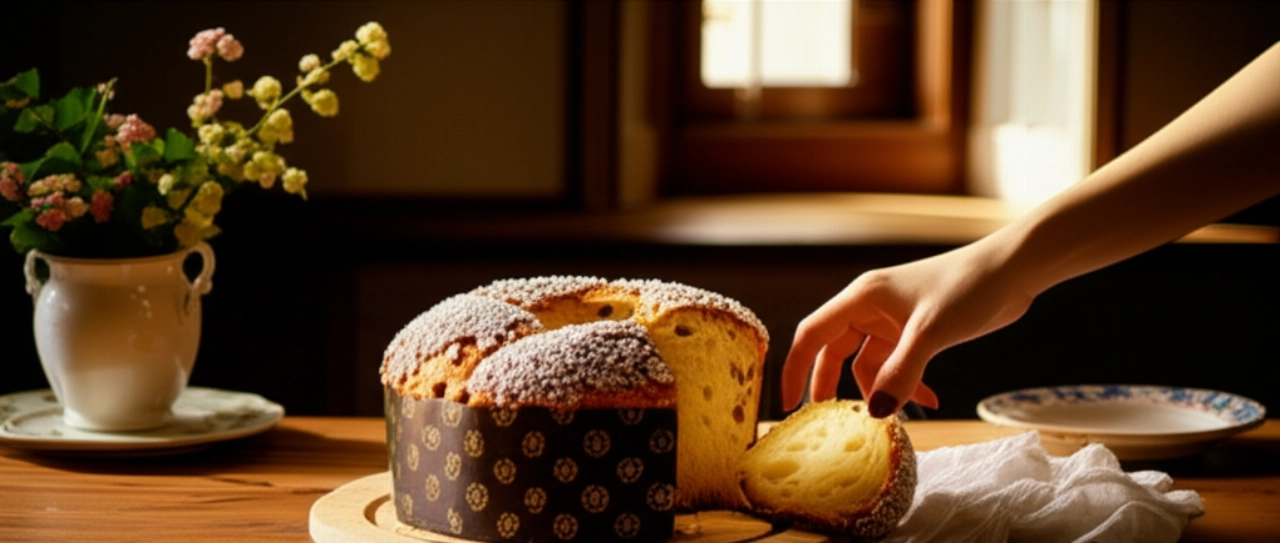
The 3 Mistakes Not to Make with Sweet Casatiello (and How to Avoid Them)
Even the most experienced can fall into these traps. But with my tips, you'll be safe!
- Not Respecting Leavening Times: Haste is the enemy of Casatiello! If the dough doesn't rise enough, the cake will be dense and heavy. If it rises too much, it might collapse during baking. Observe the dough: it should double, or almost triple, in volume. Room temperature is crucial: a warm place without drafts is ideal.
- Poor Dough Kneading: Under-kneaded dough will not develop a good gluten network, resulting in a weak dough incapable of supporting leavening. Conversely, dough worked too long after adding candied fruit and raisins might "tear." Knead vigorously at the beginning until the dough is smooth and elastic, then gently incorporate the candied fruit.
- Opening the Oven During Baking: The temptation is strong, I know! But opening the oven in the first 20-30 minutes of baking is a fatal mistake. The sudden drop in temperature can cause your Casatiello to deflate, making it irremediably flat and dense. Resist! Check only through the glass.
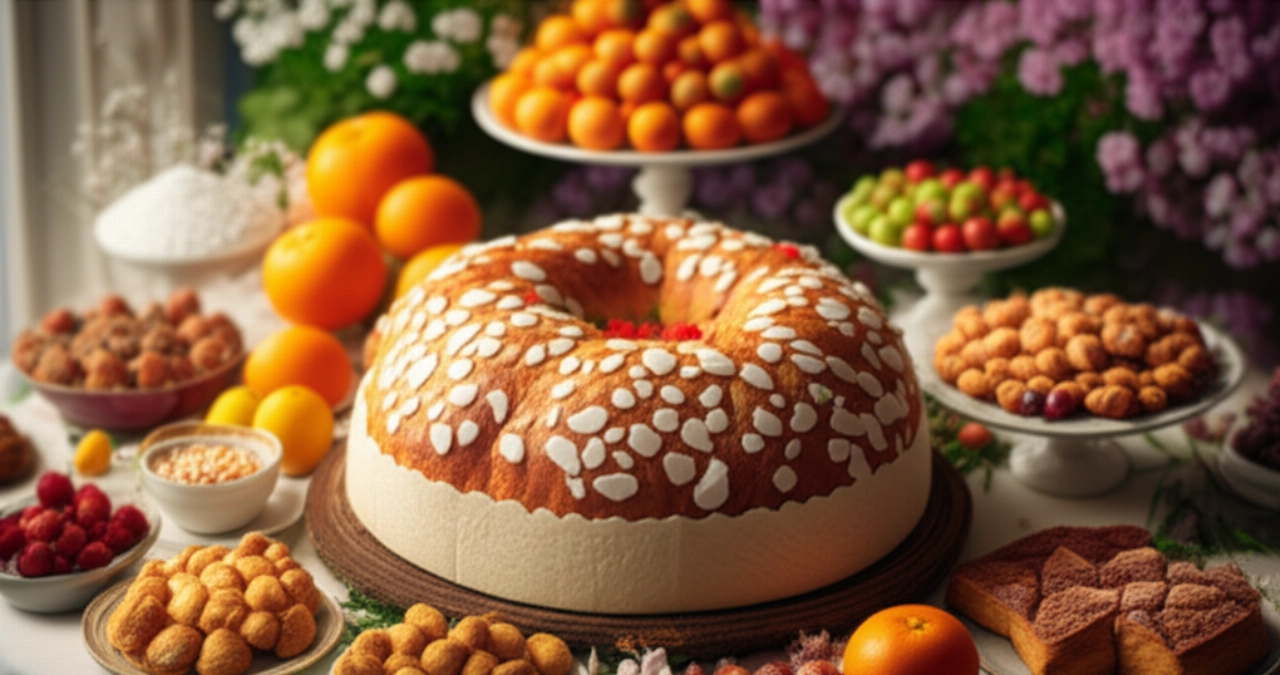
Grandma's Secret: The Magic Touch for an Unforgettable Sweet Casatiello
My grandmother, when she prepared sweet Casatiello for Easter, had a trick that always impressed me. She always said: "Casatiello is not just flour and eggs; it's patience and love. And a little secret to make it irresistible."
Her secret was this: once the dough was almost ready, before adding the candied fruit and sprinkles, she would take a small portion and knead it by hand for a few extra minutes, almost caressing it, adding a teaspoon of honey. Then she would reincorporate it into the rest. She said that honey, in addition to giving a special aroma and color, made the dough even more elastic and velvety, and that this extra "massage" infused it with special energy. Try it yourself, you'll feel the difference!
Let's Prepare Neapolitan Sweet Casatiello Together: The Step-by-Step Guide
Ingredients:
- 500 g Manitoba flour (or strong 00 flour)
- 150 g granulated sugar
- 150 g soft butter, at room temperature
- 4 medium eggs, at room temperature
- 25 g fresh brewer's yeast
- 100 ml lukewarm milk
- 100 g mixed candied fruit (citron, orange)
- 50 g sultana raisins
- 50 g colored confetti sprinkles (diavoletti)
- Grated zest of 1 untreated lemon
- Grated zest of 1 untreated orange
- 1 pinch of salt
For the Glaze (optional but recommended):
- 1 egg white
- 150 g powdered sugar
- A few drops of lemon juice
- Colored confetti sprinkles for decoration
Tools:
- Stand mixer with hook attachment (recommended) or large bowl
- 24-26 cm donut pan (bundt or savarin type)
- Plastic wrap
- Pastry brush
Method:
- Activate the Yeast: In a small bowl, dissolve the fresh brewer's yeast in lukewarm milk (not hot, otherwise you'll kill the yeast!). Add a teaspoon of sugar from the total. Stir well and let rest for 5-10 minutes until a light foam forms on the surface. This is the sign that the yeast is active and ready to work!
- Prepare the Base Dough: In the bowl of a stand mixer (or a large bowl), pour the sifted flour, the remaining sugar, the grated lemon and orange zests, and the pinch of salt. Mix briefly with the hook attachment (or with a spoon).
- Add the Liquids: Combine the yeast and milk mixture with the flour. Begin kneading at low speed. When the dough starts to come together, add the eggs one at a time, waiting for each egg to be completely absorbed before adding the next. The dough will be very soft and sticky at first, don't worry!
- Incorporate the Butter: When the eggs are well incorporated and the dough has become more elastic, add the soft butter in small pieces, one piece at a time. Continue kneading at medium speed. This is the crucial moment: you must work the dough for at least 15-20 minutes (even 25-30 by hand) until it is smooth, elastic, shiny, and detaches from the sides of the bowl. It should pass the "windowpane test" (take a small piece of dough and gently stretch it: it should form a thin membrane without tearing).
- Soak and Add Fruits: While the dough is kneading, soak the raisins in lukewarm water for 10 minutes, then squeeze them very well and dry with paper towels. Add the squeezed raisins, candied fruit, and colored confetti sprinkles to the dough only at the end, when it is already well-developed. Knead for another 2-3 minutes, just long enough to distribute them uniformly, without overworking to avoid damaging the gluten network.
- First Rise (Bulk Fermentation): Form a ball with the dough, place it in a large bowl lightly greased with oil, cover with plastic wrap, and let it rise in a warm place (26-28°C is ideal, for example, in a turned-off oven with the light on) for 2-3 hours, or until it has doubled in volume. Patience is key!
- Shaping and Second Rise (Proofing): Once risen, gently turn out the dough onto a lightly floured work surface. Gently deflate it with your hands and form a ring, joining the ends. Butter and flour the donut pan very well. Place the dough in the pan, cover again with plastic wrap, and let it rise for another 1-2 hours, or until it has almost reached the edge of the pan.
- Baking: Preheat the static oven to 170°C. When the Casatiello is well-risen, bake and cook for about 40-50 minutes. If it starts to brown too much on the surface, cover it with aluminum foil. Do the toothpick test: if it comes out clean, it's ready!
- Cooling and Glaze: Once baked, remove the Casatiello from the oven and let it cool slightly in the pan for 10-15 minutes, then gently unmold it onto a wire rack to cool completely. Meanwhile, prepare the glaze: lightly whisk the egg white with a fork, add the sifted powdered sugar and lemon juice. Mix until you get a smooth and thick glaze. When the Casatiello is cold, brush the surface with the glaze and decorate with more colored confetti sprinkles. Let the glaze dry before serving.
Tips and Frequently Asked Questions about Sweet Casatiello
Here are some of the questions I get asked most often, with answers that will help you have no doubts!
- Can I use dry active yeast? Yes, you can use it, but you'll need to adjust the quantities (usually 1/3 compared to fresh, so about 8-9g for this recipe) and still activate it in lukewarm milk with sugar. The result might be slightly less soft, but still excellent.
- My dough is too sticky, what do I do? Don't add more flour! It's normal for it to be very soft at first. Continue kneading patiently. If using a stand mixer, slightly increase the speed. You'll see that with time and energy, the dough will develop its gluten and become smooth and elastic.
- Can I prepare the Casatiello in advance? Absolutely yes! You can prepare the dough the night before and let it rise slowly in the refrigerator overnight (first rise). The next morning, take it out, let it acclimatize for about an hour at room temperature, then proceed with shaping and the second rise. It will be even more fragrant!
- How can I store sweet Casatiello? Once cold, store it under a glass dome or well-wrapped in plastic wrap at room temperature. It will stay soft for 3-4 days. If you want to store it longer, you can freeze it in slices once completely cold.
- Why didn't my Casatiello rise well? The most common causes are: inactive yeast (milk too hot or too cold, expired yeast), dough not kneaded enough (didn't develop the gluten network), rising environment too cold or with drafts, or leavening times not respected. Reread my tips and try again, practice makes perfect!
There you have it! Now you no longer have just a recipe, but all the secrets to bring to the table a sweet Casatiello that tastes of home, tradition, and love. A true Easter masterpiece that will make your eyes and those of your guests shine.
Don't be afraid to experiment. Cooking is an act of creativity and sharing. But start from this solid base and you'll see that applause won't be lacking. The aroma that will fill your kitchen will be the first reward!
Have you tried our recipe? We're very curious to see your masterpiece! Leave a comment below, tell us how it went, or share a photo on Instagram by tagging @CercaRicette.it. If you loved this cake, you can't miss our recipe for the Original Neapolitan Pastiera or for another holiday classic like Homemade Easter Dove Cake.
